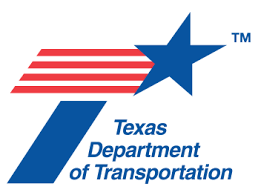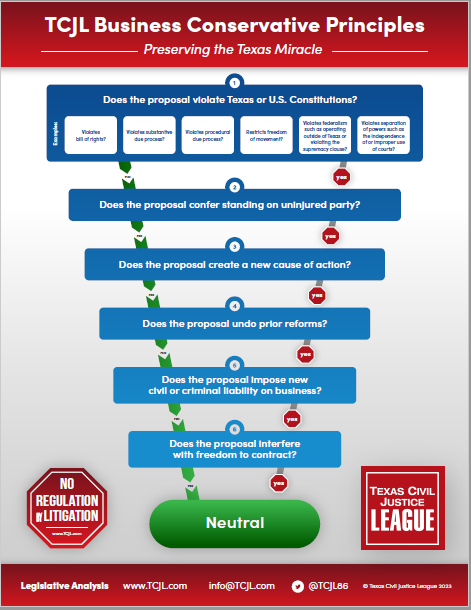 The Texas Supreme Court has declined to hear a split decision of the Waco Court of Appeals, which reversed a trial court denial of the Texas Department of Transportation’s plea to the jurisdiction based on sovereign immunity.
The Texas Supreme Court has declined to hear a split decision of the Waco Court of Appeals, which reversed a trial court denial of the Texas Department of Transportation’s plea to the jurisdiction based on sovereign immunity.
Kathleen Galloway-Powe, Individually and as Representatives of the Estates of Manley D. Galloway, Deceased, and Elfriede Galloway, Deceased v. Texas Department of Transportation (No. 21-0798; No. 10-19-00130-CV, filed April 10, 2019) arose from a double fatality car accident in Coryell County. The decedents were killed when they struck another vehicle that failed to yield right of way and made a left turn into their vehicle’s path. Their daughter brought wrongful death and survival actions under the Texas Tort Claims Act. TXDOT filed a plea to the jurisdiction that immunity had not been waived. The trial court denied the plea. TXDOT appealed.
In a majority opinion authored by Chief Justice Gray, the Waco Court of Appeals reversed and rendered in favor of TXDOT. As in so many of these cases, plaintiff made out a premises liability claim based on inadequate and defective signaling at the intersection, failure to warn of known dangerous traffic conditions, and the creation of a dangerous condition of which the agency had actual knowledge, posing an unreasonable risk of harm to the plaintiffs. TXDOT responded that the agency retained governmental immunity under § 101.056, CPRC, because plaintiff’s claims were “based on (1) the failure to perform an act that [TXDOT] was not required to perform; or (2) [TXDOT’s] decision on the performance or nonperformance of the act to the [agency’s] discretion” (the so-called “discretionary function exception). Plaintiff’s claims essentially boiled down to the question of TXDOT’s design of the intersection, which ample Texas case authority has held is a discretionary governmental function (citations omitted). The Court rejected as “a distinction without a difference” plaintiff’s argument that her claims were based not on the design but on the failure to correct or warn of a dangerous condition.
Plaintiff then asserted that TXDOT failed to use traffic control signals that complied with applicable federal regulations, and that federal standards “pre-empted” TXDOT’s discretion to use whatever traffic control signals it deemed necessary. Under federal law, states are required to adopt their own manuals in “substantial conformance” with the federal manual. TXDOT has adopted such a manual, but, as the court pointed out, compliance is not mandatory “and do not create mandatory duties” (citations omitted). Noting that the federal manual itself provides that it does not mandate legal requirements, the court observed that the 2011 state manual in effect when the accident occurred had been duly adopted and approved by the Federal Highway Administration. Simply put, the federal manual does not create “law” that imposes a legal duty on the agency with respect to the placement of traffic control signals or the use of a specific signal. As plaintiff failed to produce any evidence supporting either her federal pre-emption theory or her assertion that by accepting federal highway funding TXDOT waived immunity, the Court dismissed those arguments as well.
Justice Johnson dissented on the ground that once TXDOT installed a traffic control device, it was legally bound to conform to federal standards. Contrary to the majority, the dissent viewed the lack of case authority regarding whether the federal manual is binding on states to indicate that compliance is mandatory. He would thus have affirmed the trial court’s denial of the agency’s plea to the jurisdiction.
Despite the existence of a dissenting opinion, SCOTX denied plaintiff’s petition for review (June 2, 2023). It will be interesting to see whether this theory crops again in other intermediate appellate courts in an effort to get something before SCOTX down the line. In any event, we think the majority is correct. It doesn’t make much sense to us that TXDOT would retain immunity if it didn’t place any signal at the intersection but would waive immunity if it did. Both acts seem squarely within the agency’s discretion with respect to highway design. It looks like SCOTX may have thought the same.











